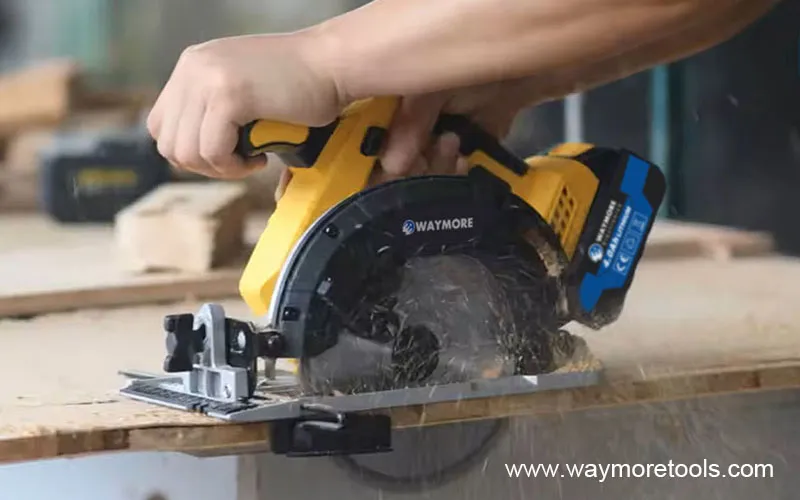
Table of Contents
"Stay Safe, Saw Smart: Prevent Runaway Saws"
Proper Saw Selection and Maintenance
Preventing Injury from Runaway Saws: Proper Saw Selection and MaintenanceCircular saws are versatile tools that can be used for a wide range of projects. However, they can also be dangerous if not used properly. One of the most common injuries associated with circular saws is a runaway saw, which occurs when the saw blade continues to spin after the trigger has been released. This can happen if the saw is not properly maintained or if the wrong type of saw is used for the job.
To prevent injury from runaway saws, it is important to select the right saw for the job. For most home projects, a saw with a blade diameter of 7-1/4 inches or less is sufficient. However, for larger projects, a saw with a larger blade diameter may be necessary. It is also important to make sure that the saw is equipped with a blade guard and a riving knife. These safety features help to prevent the saw blade from coming into contact with the user's hands or body.
In addition to selecting the right saw, it is also important to maintain the saw properly. This includes keeping the saw blade sharp and clean. A dull blade is more likely to bind and cause the saw to kickback. It is also important to make sure that the saw's blade guard and riving knife are in good working order. These safety features can only protect the user if they are properly maintained.
Finally, it is important to use the saw properly. This includes holding the saw firmly with both hands and keeping the blade guard in place. It is also important to avoid cutting into nails or other metal objects. These objects can cause the saw blade to bind and kickback.
By following these tips, you can help to prevent injury from runaway saws. Circular saws are powerful tools, but they can be used safely if they are used properly.
Safe Work Area Setup
Preventing Injury from Runaway Saws: Safe Work Area Setup for Circular SawsCircular saws are versatile tools that can be used for a variety of tasks, but they can also be dangerous if not used properly. One of the most common injuries associated with circular saws is a runaway saw, which occurs when the saw blade continues to spin after the trigger has been released. This can happen if the saw is not properly secured or if the workpiece is not held firmly in place.
To prevent injury from runaway saws, it is important to follow proper safety procedures when using a circular saw. First, always make sure that the saw is properly secured to a stable surface before using it. This can be done by using a sawhorse or by clamping the saw to a workbench.
Second, always hold the workpiece firmly in place before starting the saw. This can be done by using a clamp or by holding the workpiece with your non-dominant hand.
Third, never reach over the saw blade while it is spinning. If you need to adjust the workpiece, always stop the saw first.
Fourth, always wear appropriate safety gear when using a circular saw. This includes safety glasses, earplugs, and gloves.
Finally, always be aware of your surroundings when using a circular saw. Make sure that there are no obstacles in your way and that you have plenty of room to work.
By following these safety procedures, you can help to prevent injury from runaway saws.
In addition to following proper safety procedures, there are a few other things you can do to help prevent injury from runaway saws. First, always use a sharp saw blade. A dull blade is more likely to bind and cause the saw to kickback.
Second, always make sure that the saw blade is properly aligned. A misaligned blade can cause the saw to vibrate and become unstable.
Third, always use the correct blade for the job. Using the wrong blade can cause the saw to overheat and become dangerous.
By following these tips, you can help to prevent injury from runaway saws and ensure that you have a safe and productive work experience.
Using a Saw Blade Guard
Preventing Injury from Runaway Saws: The Importance of Saw Blade GuardsCircular saws are versatile tools that can be used for a wide range of projects. However, they can also be dangerous if not used properly. One of the most common injuries associated with circular saws is a runaway saw, which occurs when the saw blade becomes disengaged from the workpiece and spins freely. This can cause serious injuries to the user or bystanders.
One of the most effective ways to prevent runaway saws is to use a saw blade guard. A saw blade guard is a metal or plastic cover that fits over the saw blade and helps to keep it in place. It also helps to prevent the user's hands from coming into contact with the blade.
There are two main types of saw blade guards: fixed guards and retractable guards. Fixed guards are permanently attached to the saw and provide continuous protection. Retractable guards are attached to the saw but can be moved out of the way when making certain cuts.
Both fixed and retractable guards have their own advantages and disadvantages. Fixed guards provide the most protection, but they can also make it more difficult to see the workpiece. Retractable guards are less obtrusive, but they can be more difficult to use properly.
Regardless of the type of saw blade guard you choose, it is important to use it properly. Make sure that the guard is securely attached to the saw and that it is in the correct position. Also, be sure to keep your hands away from the saw blade at all times.
In addition to using a saw blade guard, there are a number of other things you can do to prevent runaway saws. These include:
* Always use a sharp saw blade. A dull blade is more likely to bind and cause the saw to kick back.
* Make sure that the workpiece is securely clamped. A loose workpiece can cause the saw to bounce and kick back.
* Feed the workpiece into the saw slowly and evenly. Do not force the saw.
* Be aware of the direction of the saw blade. The blade should be rotating away from you.
* Never reach over the saw blade.
* Always wear safety glasses and hearing protection when using a circular saw.
By following these safety tips, you can help to prevent runaway saws and serious injuries.
Controlling Kickback
Preventing Injury from Runaway Saws When Using Circular SawsCircular saws are versatile tools that can be used for a variety of tasks, but they can also be dangerous if not used properly. One of the most common injuries associated with circular saws is kickback, which occurs when the saw blade binds in the material being cut and is thrown back towards the operator.
Kickback can be caused by a number of factors, including:
* Using a dull or damaged saw blade
* Cutting material that is too thick or too hard
* Feeding the material into the saw too quickly
* Not holding the saw firmly
There are a number of things you can do to prevent kickback from occurring, including:
* Use a sharp, properly tensioned saw blade
* Cut material that is the appropriate thickness and hardness for the saw blade
* Feed the material into the saw at a slow, steady pace
* Hold the saw firmly with both hands
In addition to these general safety precautions, there are a number of specific techniques you can use to prevent kickback when using a circular saw. These techniques include:
* Using a riving knife or splitter
* Using a push stick or block
* Cutting with the blade guard in place
A riving knife or splitter is a thin, metal plate that is inserted into the saw blade kerf behind the blade. It helps to keep the kerf open and prevent the saw blade from binding in the material. A push stick or block is a small piece of wood that is used to push the material into the saw blade. It helps to keep your hands away from the blade and prevents the material from feeding too quickly. The blade guard is a metal cover that helps to protect your hands from the saw blade. It should always be in place when using a circular saw.
By following these safety precautions and using the proper techniques, you can help to prevent kickback from occurring and keep yourself safe when using a circular saw.
Proper Cutting Techniques
Preventing Injury from Runaway Saws When Using Circular SawsCircular saws are versatile tools that can be used for a variety of cutting tasks. However, they can also be dangerous if not used properly. One of the most common injuries associated with circular saws is a runaway saw, which occurs when the saw blade continues to spin after the trigger has been released. This can happen if the saw is not properly secured or if the blade is not sharp.
There are a number of things you can do to prevent injury from a runaway saw. First, always make sure that the saw is properly secured before you begin cutting. This means clamping the saw to a workbench or using a sawhorse to support it. Second, always use a sharp blade. A dull blade will require more force to cut through the material, which can increase the risk of a runaway saw.
Third, always be aware of the direction of the blade. The blade should always be spinning away from you. If the blade is spinning towards you, it can catch on the material and cause the saw to kick back.
Fourth, never reach over the saw blade. If you need to adjust the material, always turn off the saw and wait for the blade to stop spinning before making any adjustments.
Fifth, always wear safety glasses when using a circular saw. This will help to protect your eyes from flying debris.
By following these simple tips, you can help to prevent injury from a runaway saw.
In addition to the tips above, there are a few other things you can do to further reduce the risk of injury. First, always use a saw blade that is the correct size for the saw. A blade that is too small can be easily caught on the material and cause the saw to kick back. Second, always use a blade that is sharp. A dull blade will require more force to cut through the material, which can increase the risk of a runaway saw.
Third, always be aware of the direction of the blade. The blade should always be spinning away from you. If the blade is spinning towards you, it can catch on the material and cause the saw to kick back.
Fourth, never reach over the saw blade. If you need to adjust the material, always turn off the saw and wait for the blade to stop spinning before making any adjustments.
Fifth, always wear safety glasses when using a circular saw. This will help to protect your eyes from flying debris.
By following these simple tips, you can help to prevent injury from a runaway saw.
Wearing Appropriate Safety Gear
Preventing Injury from Runaway Saws When Using Circular SawsCircular saws are versatile and powerful tools, but they can also be dangerous if not used properly. One of the most common injuries associated with circular saws is a runaway saw, which occurs when the saw blade continues to spin after the trigger is released. This can happen if the saw is not properly secured or if the blade binds in the material being cut.
To prevent injury from runaway saws, it is important to take the following precautions:
1. Always wear appropriate safety gear, including eye protection, hearing protection, and gloves.
2. Make sure the saw is properly secured before starting to cut. This can be done by clamping the saw to a workbench or using a sawhorse.
3. Keep your hands away from the blade at all times.
4. Never reach over the saw blade to make a cut.
5. If the blade binds in the material, release the trigger immediately and allow the saw to come to a complete stop before removing it from the material.
6. Never use a saw that is damaged or has a loose blade.
7. Always inspect the saw blade before each use to make sure it is sharp and free of defects.
8. Keep the saw blade clean and lubricated.
9. Store the saw in a safe place when not in use.
By following these precautions, you can help to prevent injury from runaway saws when using circular saws.
In addition to the precautions listed above, there are a few other things you can do to help prevent injury from runaway saws. These include:
* Using a saw blade that is the correct size for the material being cut.
* Using a sharp saw blade.
* Cutting in a straight line.
* Avoiding cutting into knots or other hard objects.
* Being aware of the surroundings and making sure there are no obstacles that could cause the saw to bind.
By following these tips, you can help to ensure that you are using circular saws safely and effectively.
Avoiding Distractions and Fatigue
Preventing Injury from Runaway Saws: Avoiding Distractions and FatigueCircular saws are powerful tools that can be dangerous if not used properly. One of the most common injuries associated with circular saws is a runaway saw, which occurs when the saw blade continues to spin after the trigger has been released. This can happen if the saw is not properly secured or if the user is distracted or fatigued.
There are a number of things that can be done to prevent runaway saws, including:
* **Secure the saw properly.** Before using the saw, make sure that it is securely clamped to a stable surface. This will help to prevent the saw from moving around and becoming unstable.
* **Use a sharp blade.** A sharp blade will cut more easily and cleanly, which will help to reduce the risk of the saw binding and kicking back.
* **Be aware of your surroundings.** Make sure that there are no obstacles in the way of the saw blade before you start cutting. Also, be aware of other people who may be in the area and could be injured by the saw.
* **Avoid distractions.** When using a circular saw, it is important to focus on the task at hand and avoid distractions. This means not talking on the phone, texting, or listening to music while operating the saw.
* **Take breaks.** If you are feeling tired or fatigued, it is important to take a break from using the saw. This will help to reduce the risk of making mistakes and causing an injury.
By following these tips, you can help to prevent runaway saws and keep yourself safe when using a circular saw.
In addition to the tips above, there are a few other things that you can do to help prevent runaway saws, including:
* **Use a saw blade guard.** A saw blade guard will help to protect your hands and fingers from the saw blade.
* **Wear safety glasses.** Safety glasses will help to protect your eyes from flying debris.
* **Use a push stick.** A push stick will help to keep your hands away from the saw blade.
By following these tips, you can help to prevent runaway saws and keep yourself safe when using a circular saw.
Conclusion
**Conclusion:**Preventing injury from runaway saws when using circular saws requires a comprehensive approach that includes proper safety precautions, regular maintenance, and responsible operation. By adhering to these guidelines, users can minimize the risk of accidents and ensure a safe working environment. Regular inspections, proper blade selection, and the use of safety guards and push sticks are crucial in preventing runaway saws. Additionally, proper training and supervision are essential to ensure that operators are aware of the potential hazards and know how to operate the saw safely. By implementing these measures, users can effectively prevent injuries and maintain a safe working environment when using circular saws.
 Waymore Tools
Waymore Tools

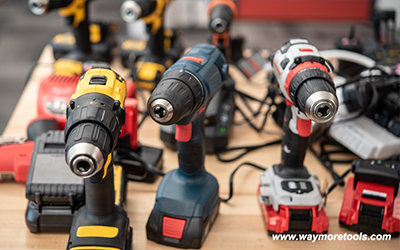

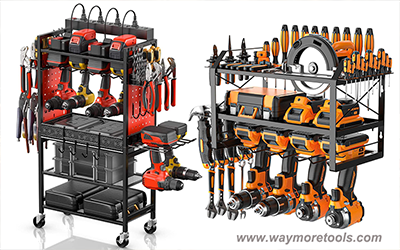
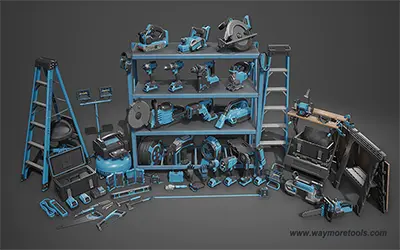







































































































































































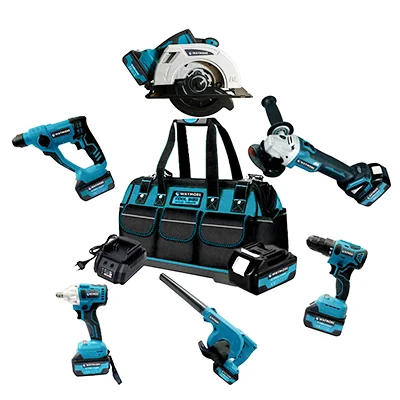


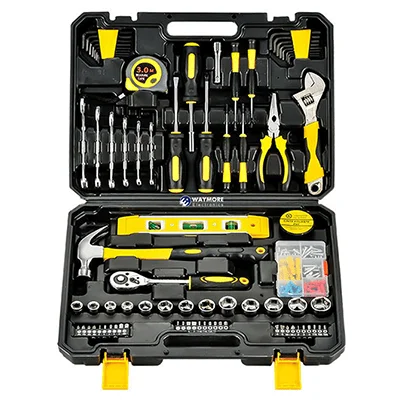

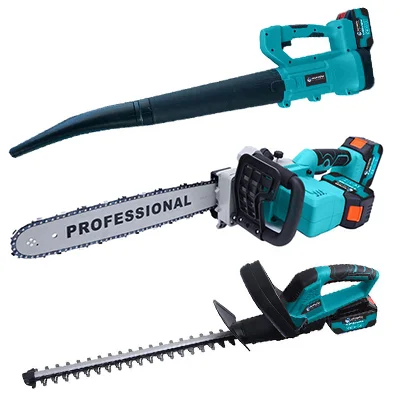

Leave a Comment